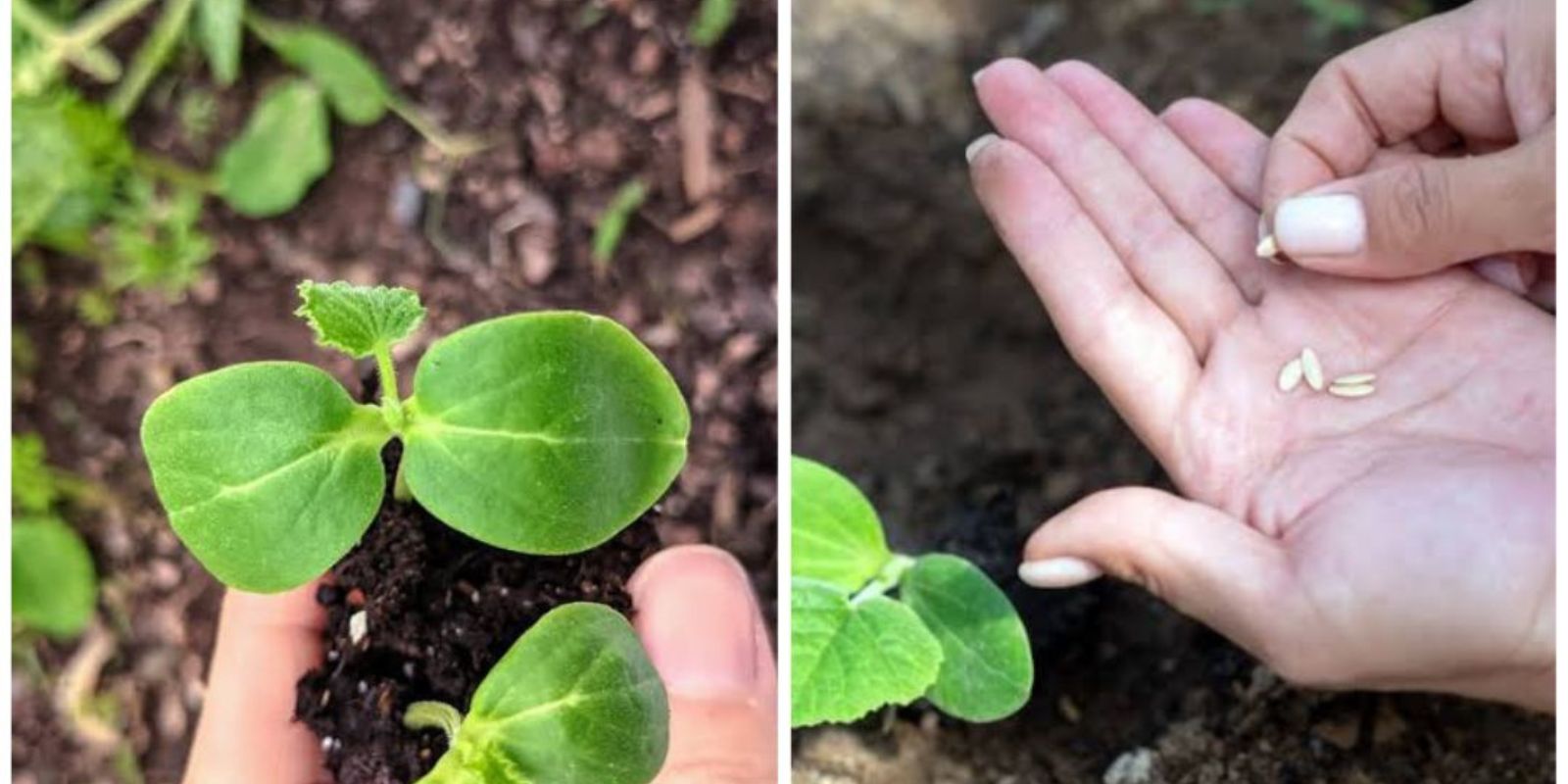Cucumbers are a favorite in home gardens, known for their crisp taste and versatility in dishes. If your spring cucumber plants are struggling or have reached the end of their productive cycle, summer is the perfect time to replant cucumbers from seeds. By doing so, you can enjoy a late-season harvest of fresh, homegrown cucumbers. Here’s an in-depth guide on how to successfully replant cucumbers during the summer.
Why Replant Cucumbers in Summer?
Cucumber plants often face challenges in mid-to-late summer, such as:
- Pest infestations.
- Fungal diseases like powdery mildew.
- Heat stress that causes a decline in productivity.
Rather than continuing to nurture a failing plant, starting fresh with seeds ensures healthier growth and an extended harvest season. With proper care, your new cucumber plants can thrive and produce an abundance of cucumbers before the first frost.
Step 1: Selecting the Right Seeds
For successful late-season planting, choose cucumber varieties that mature quickly and are suited for summer planting. Look for:
- Bush or compact varieties for smaller spaces.
- Heat-tolerant cultivars designed to withstand summer temperatures.
- Disease-resistant types to minimize risks of common cucumber diseases.
Some great options include “Bush Champion,” “Marketmore 76,” and “Lemon Cucumber.”
Step 2: Preparing Your Garden Bed
Proper preparation is key to healthy plant growth:
- Clear the Area: Remove any old cucumber plants, weeds, or debris from your garden bed.
- Enrich the Soil: Add compost, aged manure, or organic matter to replenish nutrients that previous plants have depleted.
- Improve Drainage: Cucumbers need well-draining soil. Mix in sand or perlite if your soil is heavy or clay-like.
- Adjust the pH: Cucumbers thrive in slightly acidic to neutral soil with a pH of 6.0–7.0. Test your soil and make adjustments if needed.
Step 3: Planting Cucumber Seeds
Replanting with seeds is straightforward and cost-effective.
- Timing: Plant seeds early enough for them to mature before the first frost in your area. Most cucumber varieties need 50–70 days to reach maturity.
- Spacing: Sow seeds about 6–8 inches apart, with rows spaced 2–3 feet apart.
- Depth: Place seeds about ½ inch deep in the soil, covering them lightly.
- Watering: Water immediately after planting to help seeds settle into the soil.
Step 4: Watering and Mulching
Proper hydration is critical for young cucumber plants, especially during hot summer days:
- Keep Soil Moist: Water deeply and consistently to prevent the soil from drying out. Cucumbers need about 1 inch of water per week.
- Mulch: Apply a layer of organic mulch, such as straw or wood chips, around the base of the plants to retain moisture and regulate soil temperature.
Step 5: Providing Support
Cucumber vines grow quickly and benefit from vertical support:
- Trellises or Stakes: Encourage upward growth by installing trellises or stakes. This not only saves space but also improves air circulation and keeps fruit off the ground, reducing pest and disease risks.
- Training Vines: Gently guide vines to climb the support structure as they grow.
Step 6: Fertilizing for Growth
Cucumbers are heavy feeders, so regular fertilization is essential:
- Before Planting: Mix a slow-release fertilizer or compost into the soil.
- During Growth: Feed plants with a balanced fertilizer (e.g., 10-10-10) every 2–3 weeks. Once flowers appear, switch to a fertilizer with higher potassium and phosphorus content to encourage fruiting.
Step 7: Managing Pests and Diseases
Summer-planted cucumbers are vulnerable to certain pests and diseases:
- Common Pests: Monitor for cucumber beetles, aphids, and spider mites. Use insecticidal soap or neem oil to control infestations.
- Fungal Diseases: Prevent powdery mildew and downy mildew by watering at the base of the plants and ensuring good air circulation.
- Crop Rotation: Avoid planting cucumbers in the same spot where they grew earlier in the year to reduce disease risk.
Step 8: Monitoring Growth and Harvesting
Cucumber plants grow rapidly, so regular attention is required:
- Check Daily: Inspect plants for pests, diseases, and signs of stress.
- Harvest Frequently: Pick cucumbers when they are young and tender for the best flavor. Overripe cucumbers can stress the plant and reduce overall yield.
Step 9: Extending the Season
If frost threatens before your new cucumbers are ready, consider these tips:
- Row Covers: Use lightweight fabric to protect plants from cool nights.
- Move to Containers: For compact varieties, transplant plants into pots and bring them indoors or into a greenhouse.
Why Replanting Cucumbers is Worth It
Replanting cucumbers in summer ensures you get fresh produce when most other garden vegetables are winding down. With proper care and attention, your second crop of cucumbers can be just as rewarding as the first.
Conclusion
Replanting cucumbers in summer with seeds is an excellent way to revive your garden and extend your harvest season. By selecting the right seeds, preparing the soil, and providing consistent care, you can enjoy a fresh supply of crisp cucumbers well into fall.
🌱 Have you tried replanting cucumbers in summer? Share your tips or questions in the comments below and let’s grow together!

